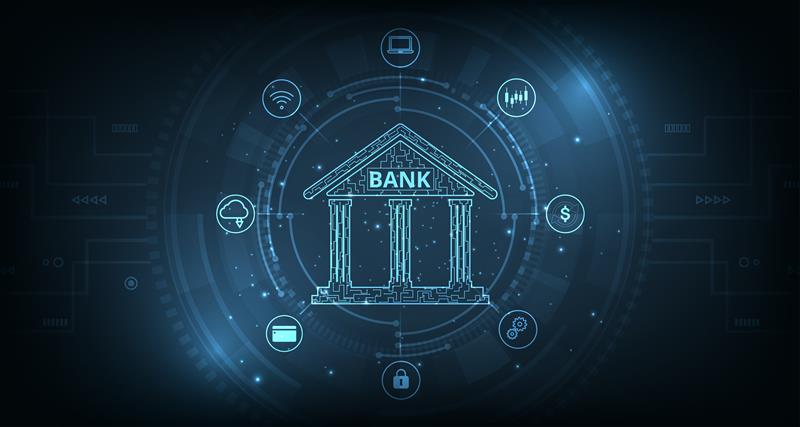What is open banking? Is it the future of financial services?

The concept of open banking has been gaining a lot of attention and popularity in recent years. To put it in a simple way, open banking is a system that allows third parties to access the financial data of a bank’s customers. This is done through application programming interfaces (APIs) to allow the data to flow across different organizations and therefore allow for better services and products for the end-user.
The history of open banking
Open banking as a concept probably started in the heart of Europe in 2015, when a new version of the Payment Services Directive (also known as PSD2) was approved by the European Parliament, thus allowing for the creation of a single market for payments in the European Union. This important directive kicked off a process that has resulted in a conversation happening across the world about open banking—and particularly, what that means for banks to be required to share customers’ data.
There are a number of countries that have already implemented open banking. The United Kingdom, for example, was one of the first ones to do so with an Open Banking Standard being implemented in 2018 after the Competition and Markets Authority recommended such a policy a few years earlier. Apart from all the European Union member states, where open banking is effectively implemented thanks to the PSD2 directive, other countries such as Australia, the United States, Brazil, Mexico, and Singapore have passed similar legislation requiring banks to share data with third parties when requested by the customer.
The pros and cons of open banking
As mentioned, open banking can be very beneficial not only for the third parties—whose business model is usually built around such mechanisms—but also for the end-user who can enjoy better products and access to more innovative services, as well as for banks. Users can also exercise a greater degree of control over their financial data under an open banking system. By partnering with these third parties, banks can also improve the experience of their customers and expand their business opportunities with new partnerships.
On the other hand, open banking also creates a greater opportunity for breaches of customers’ data and identity theft. This is because the more entities will handle a specific set of data, the higher the risk of this data being accessed by a bad actor. That’s why it’s very important for both banks and third parties to implement strong security measures so that the data is always encrypted and stored securely. At Kelvin Zero, keeping the security of users is not only a priority, but it’s also our entire mission. That’s why we developed products such as Multi-Pass that allow for safer passwordless authentication, without compromising on usability.
Open banking also creates some concerns when it comes to standardization across the different platforms and providers. When data is not shared using a common and consistent system, it will lead to problems, confusion, and inefficiencies which will defeat the purpose of open banking.
Conclusion
Open banking’s potential is quite big and it is already revolutionizing a sector that has been lacking innovation for decades. One of the core principles of open banking is that ownership of financial data resides with the customer, not with their bank, and the objective is to give customers a wider range of possibilities to make use of their data. Companies and banks get more opportunities to create innovative products and services while offering more efficient and secure solutions with more value-added functionality to their customers. Of course, one needs to also take into account the risks that come with such new systems. Data security needs to be a top priority for all parties involved in the process. That’s why open banking should be implemented in a thoughtful manner and closely monitored.
Related articles

The complete passwordless authentication solution for your workforce and customers.